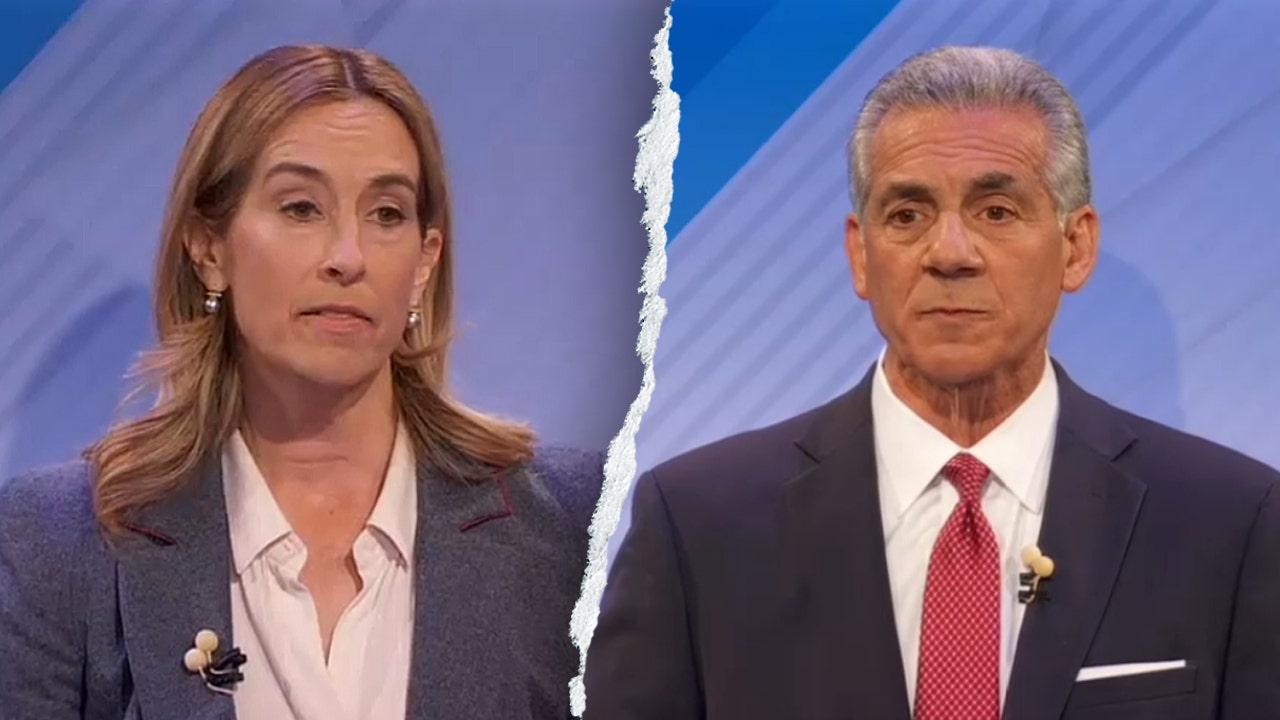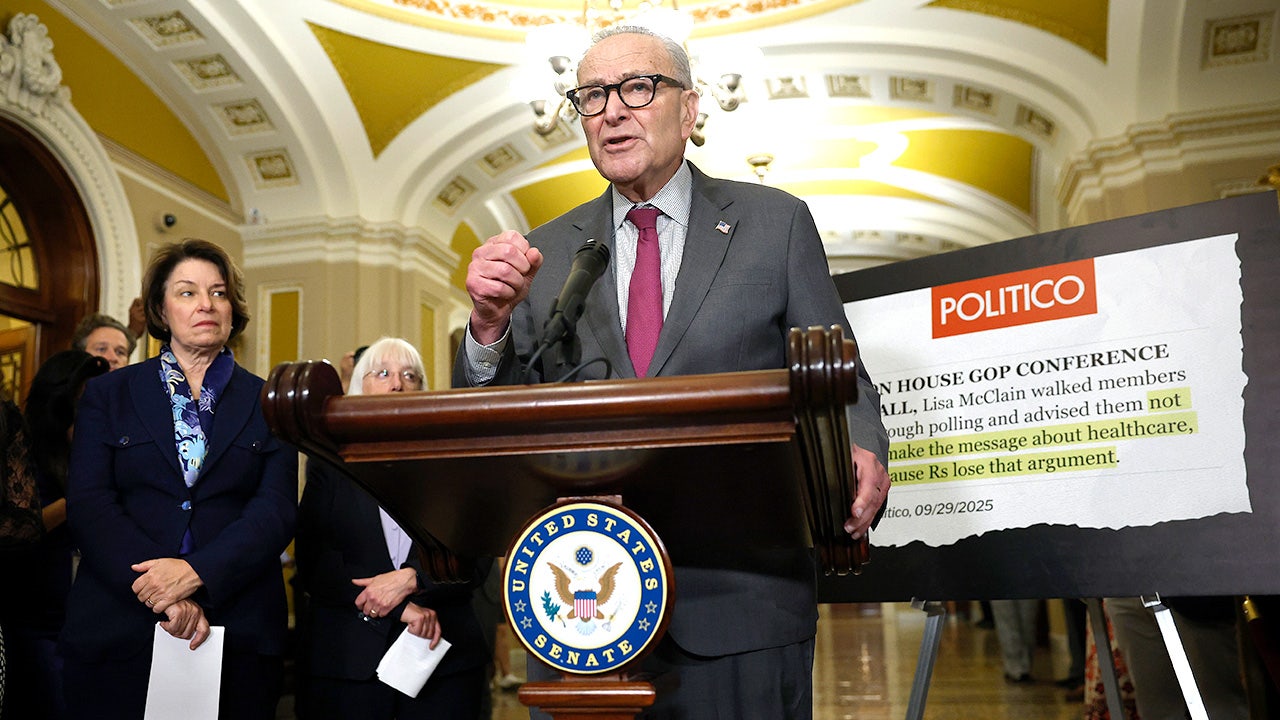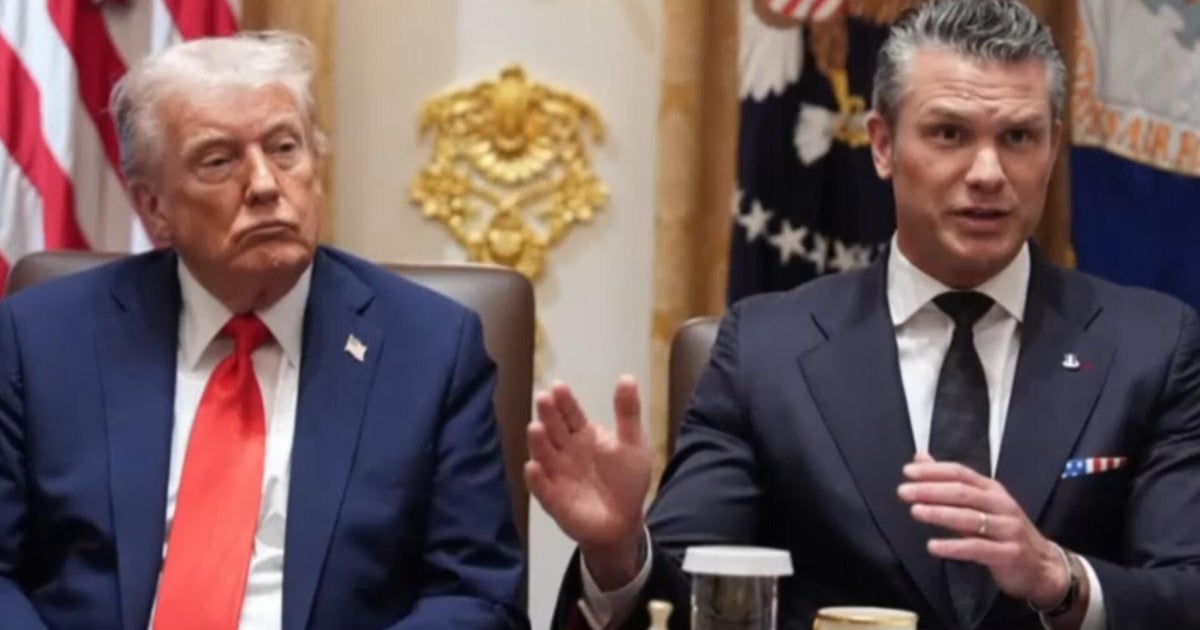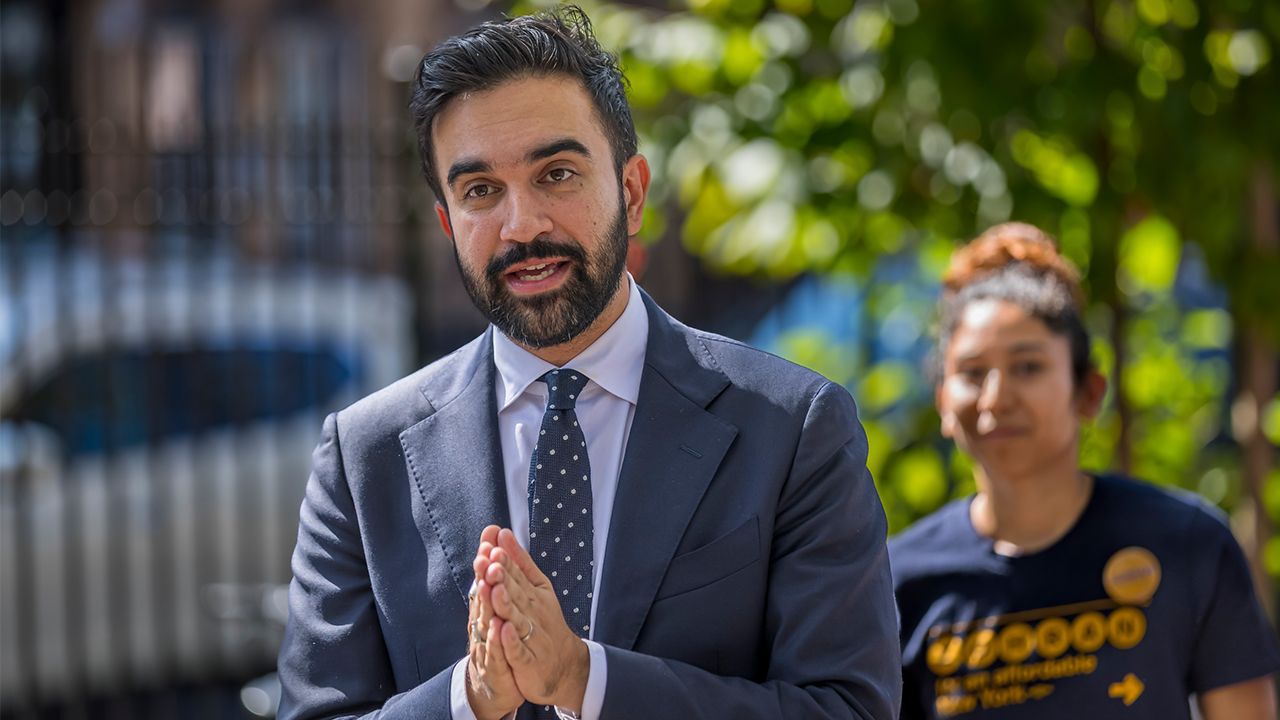Federal Reserve Chair Jerome Powell on Tuesday emphasized that a sharp slowdown in hiring poses a growing risk to the U.S. economy, a sign that the central bank will likely cut its key interest rate twice more this year.
Powell, who spoke today before the National Association of Business Economics in Philadelphia, said that despite the federal government shutdown cutting off official economic data, "the outlook for employment and inflation does not appear to have changed much since our September meeting," when the Fed reduced its key rate for the first time this year.
Fed officials at the September meeting also forecast that the central bank would reduce its rate twice more this year and once in 2026. Lower rates from the Fed could reduce borrowing costs for consumer and business loans, making it cheaper for businesses to expand operations and hire new workers, and for Americans to buy houses, autos and other items.
"Holding rates higher presents risks to the job market. Job creation is below trend given the pace of economic growth," noted Scott Helfstein, head of investment strategy at investment firm Global X, in an emailed response to Powell's comments. "The Fed is still likely to cut rates in October and December, but investors should be prepared for a range of outcomes as Powell is trying to leave all options open."
The Fed's next rate decision will be made at its Oct. 29 meeting. Following that, the central bank has one more rate decision meeting scheduled in 2025, set for Dec. 10.
Powell reiterated a message he first delivered after the September meeting, when he signaled that the Fed is slightly more worried about the job market than its other congressional mandate, which is to keep prices stable. Tariffs have lifted the Fed's preferred measure of inflation to 2.9%, he said, but outside the duties there aren't "broader inflationary pressures" that will keep prices high.
"Rising downside risks to employment have shifted our assessment of the balance of risks," he said.
Powell also said that the central bank may soon stop shrinking its roughly $6.6 trillion balance sheet. The Fed has been allowing roughly $40 billion of Treasuries and mortgage-backed securities to mature each month without replacing them. The shift could weigh on longer-term Treasury interest rates.
Separately, Powell spent most of his speech defending the Fed's practice of buying longer-term Treasury bonds and mortgage-backed securities in 2020 and 2021, which were intended to lower longer-term interest rates and support the economy during the pandemic.
Yet those purchases have come under a torrent of criticism from Treasury Secretary Scott Bessent, as well as some of the candidates floated by the Trump administration to replace Powell when his term as Chair ends next May.
Bessent said in an extended critique published earlier this year that the huge purchases of bonds during the pandemic worsened inequality by boosting the stock market, without providing noticeable benefits to the economy.
Other critics have long argued that the Fed kept implementing the purchases for too long, keeping interest rates low even as inflation began to spike in late 2021. The Fed beginning in 2021 stopped the purchases and then sharply boosted borrowing costs to combat inflation.
"With the clarity of hindsight, we could have—and perhaps should have—stopped asset purchases sooner," Powell said. "Our real-time decisions were intended to serve as insurance against downside risk."
Powell also said the purchases were intended to avoid a breakdown in the market for Treasury securities, which could have sent interest rates much higher.
Government shutdown's impacts on U.S. economy
How the government shutdown impacts the U.S. economy
(03:15)

.jpeg)






















.jpeg)













 English (US) ·
English (US) ·